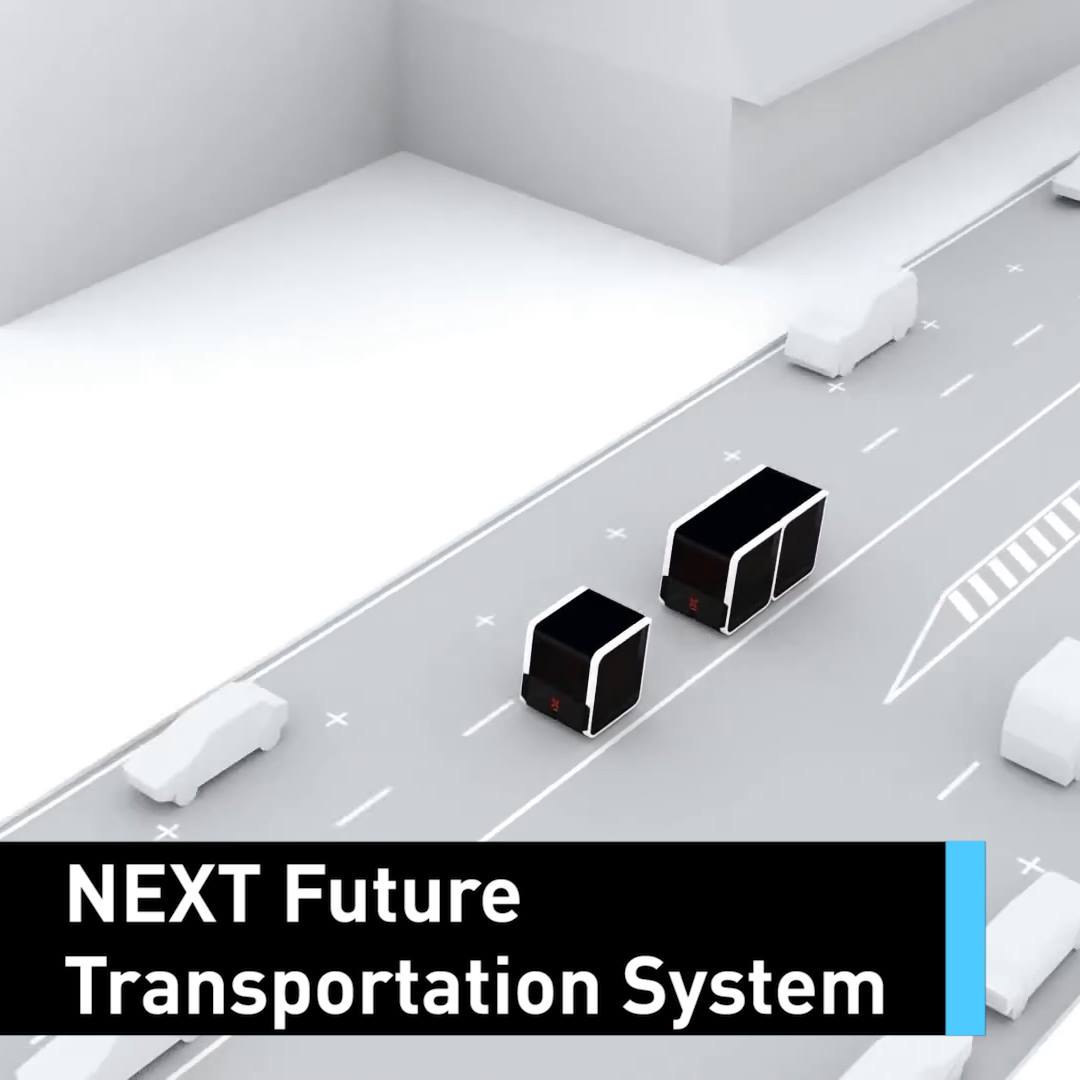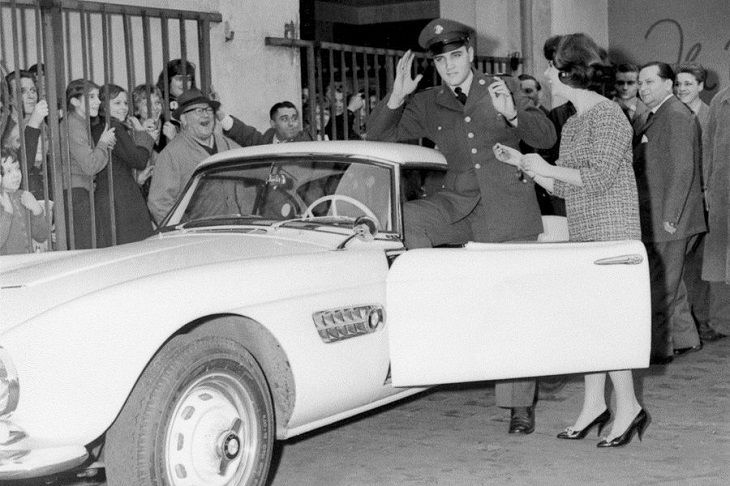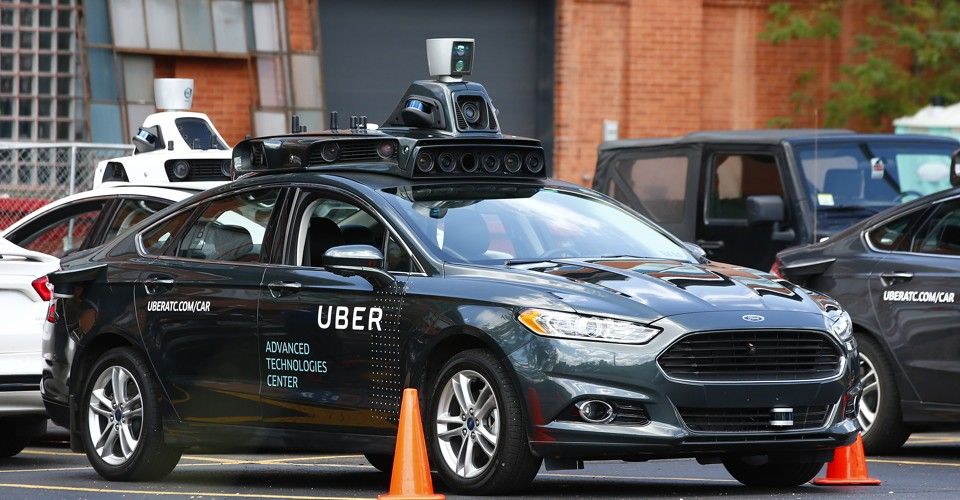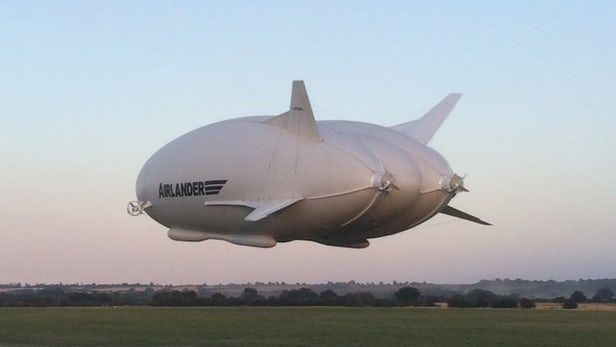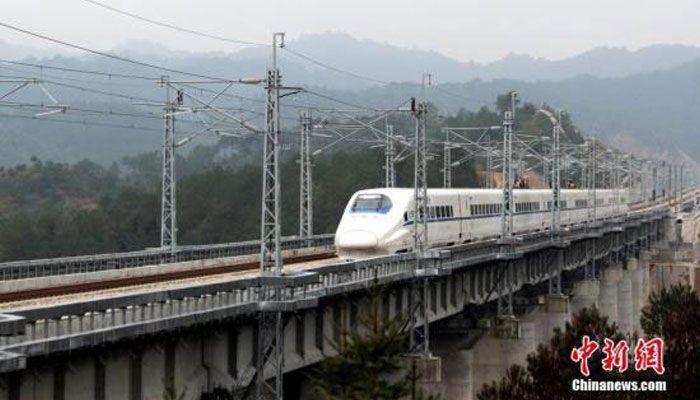Archive for the ‘transportation’ category: Page 548
Aug 19, 2016
Restoring the Classic BMW 507 Racecar of Elvis Presley Using 3D Printing Technology
Posted by Karen Hurst in categories: 3D printing, transportation
BMW is a German car manufacturer that has decided to make use of 3D printing technology in order to restore the BMW 507 racecar of Elvis Presley. Through additive manufacturing technology, they were able to reconstruct the window winders of the car as well as its door handles.
For sure, Elvis never anticipated that his racecar which he purchased in 1958 will be restored after 60 years with the help of a 3D printer. Jack Castor owned the vehicle and was purchased by BMW Group Classic 2 years ago and kept it in the pumpkin factory.
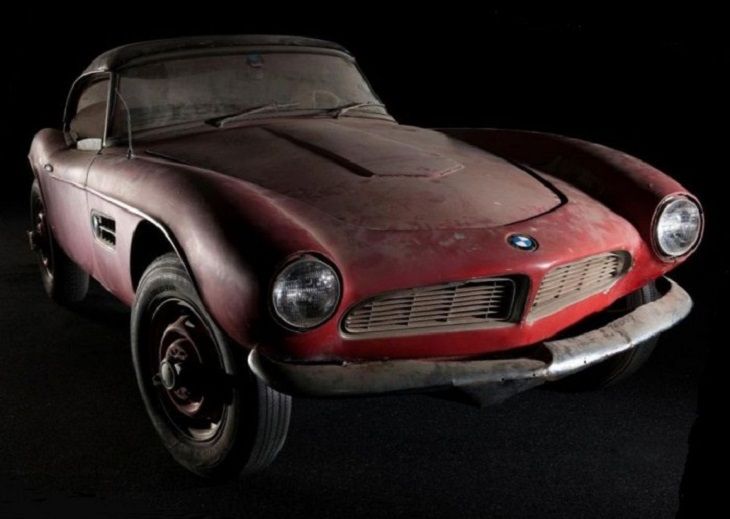
Aug 19, 2016
Driverless Cars Joining Uber Fleet
Posted by Dan Kummer in categories: robotics/AI, transportation
Aug 18, 2016
Will Uber’s Fleet of Self-Driving Cars Save Lives?
Posted by Dan Kummer in categories: biotech/medical, health, robotics/AI, transportation
Researchers estimate that driverless cars could, by midcentury, reduce traffic fatalities by up to 90 percent. Which means that, using the number of fatalities in 2013 as a baseline, self-driving cars could save 29,447 lives a year. In the United States alone, that’s nearly 300,000 fatalities prevented over the course of a decade, and 1.5 million lives saved in a half-century. For context: Anti-smoking efforts saved 8 million lives in the United States over a 50-year period.
The life-saving estimates for driverless cars are on par with the efficacy of modern vaccines, which save 42,000 lives for each U.S. birth cohort, according to the Centers for Disease Control.
Globally, there are about 1.2 million traffic fatalities annually, according to the World Health Organization. Which means driverless cars are poised to save 10 million lives per decade—and 50 million lives around the world in half a century.
Continue reading “Will Uber’s Fleet of Self-Driving Cars Save Lives?” »
Aug 18, 2016
Maiden flight for world’s largest aircraft
Posted by Sean Brazell in category: transportation
Neat craft!
The world’s largest aircraft has taken to the skies for the first time in its new guise as the Airlander 10. On Wednesday afternoon local time, the airship from Hybrid Air Vehicles (HAV) made its short maiden voyage at a UK airfield, after a technical issue grounded a previous attempt on Sunday.
Aug 17, 2016
Exploring the promise of the quantum realm
Posted by Karen Hurst in categories: engineering, nanotechnology, particle physics, quantum physics, security, terrorism, transportation
Nice work; understanding the quantum effects in nanomechanical systems is closer to reality in being achieved. Imagine a nanobot or microbot with quantum mechanic properties.
Rob Knobel is probing the ultimate limits of nanomechanical systems to develop and build tiny vapour sensors, which could be used as airport security tools to prevent terrorism or drug smuggling.
He and his students are using highly specialized equipment in the $5-million Kingston Nano Fabrication Laboratory (KNFL), which opened a year ago in Innovation Park, to fabricate nanosensors made from graphene, a form of carbon a single atom thick.
Continue reading “Exploring the promise of the quantum realm” »
Aug 17, 2016
How Today’s Jungle of Artificial Intelligence Will Spawn Sentience
Posted by Elmar Arunov in categories: computing, information science, robotics/AI, transportation
From time to time, the Singularity Hub editorial team unearths a gem from the archives and wants to share it all over again. It’s usually a piece that was popular back then and we think is still relevant now. This is one of those articles. It was originally published August 10, 2010. We hope you enjoy it!
You don’t have a flying car, jetpack, or ray gun, but this is still the future. How do I know? Because we’re all surrounded by artificial intelligence. I love when friends ask me when we’ll develop smart computers…because they’re usually holding one in their hands. Your phone calls are routed with artificial intelligence.
Every time you use a search engine you’re taking advantage of data collected by ‘smart’ algorithms. When you call the bank and talk to an automated voice you are probably talking to an AI…just a very annoying one. Our world is full of these limited AI programs which we classify as “weak” or “narrow” or “applied.”
Continue reading “How Today’s Jungle of Artificial Intelligence Will Spawn Sentience” »
Aug 16, 2016
China begins operating bullet trains at 350 kmph speed
Posted by Karen Hurst in category: transportation
Its super train.
Beijing: China on Monday began operating its indigenously designed bullet trains which can clock 350 kmph speed, the country’s first passenger train using Electric Multiple Units technology.
The China Railway Corporation announced that Train No G8041 departed from Dalian for Shenyang, capital of northeast China’s Liaoning.
Continue reading “China begins operating bullet trains at 350 kmph speed” »
Aug 16, 2016
Ford to ship self-driving cars without steering wheels, brake or gas pedals by 2021
Posted by Shailesh Prasad in categories: robotics/AI, transportation
Ford says it’s going to deliver self-driving cars by 2021 – and these will ship in volume, and will also lack steering wheels, brake or gas pedals, offering full Level 4 self-driving features which don’t require a human driver at all, the company announced at a press conference in Palo Alto today.
The car maker says that it has held off making any announcements about when to deliver self-driving vehicles until now because it isn’t in a race to make announcements. But it did say it is making self-driving vehicle deployment a priority, because of the advantages it offers in terms of customer experience and passenger safety.
Aug 15, 2016
Four Sets of Identical Twins Staged a Time Travel Prank on an NYC Subway
Posted by Shailesh Prasad in categories: time travel, transportation
Most NYC subway riders are pretty blasé when panhandlers hit them up for cash between stations. When a panhandler announced he was collecting funds to build a time machine, riders chuckled at the odd request—until another man boarded the train and announced he was the inventor’s future self. He implored them not to give any money because time travel will ruin everything.
It sounds just like that X-Files episode (“Synchrony”) where a scientist travels from the future to stop his younger self from making the cryobiological compound that will one day enable time travel. But it’s actually an elaborate prank by Improv Everywhere:
For our latest mission, we staged an elaborate time travel prank on a New York City subway car with four sets of identical twins. A man enters a subway car and announces he is raising money to complete his time machine. At the next stop, his future self enters to try to talk him out of it. More and more time travelers convene on the subway car as the train rolls along, surprising the random commuters caught up in the middle.
Continue reading “Four Sets of Identical Twins Staged a Time Travel Prank on an NYC Subway” »
